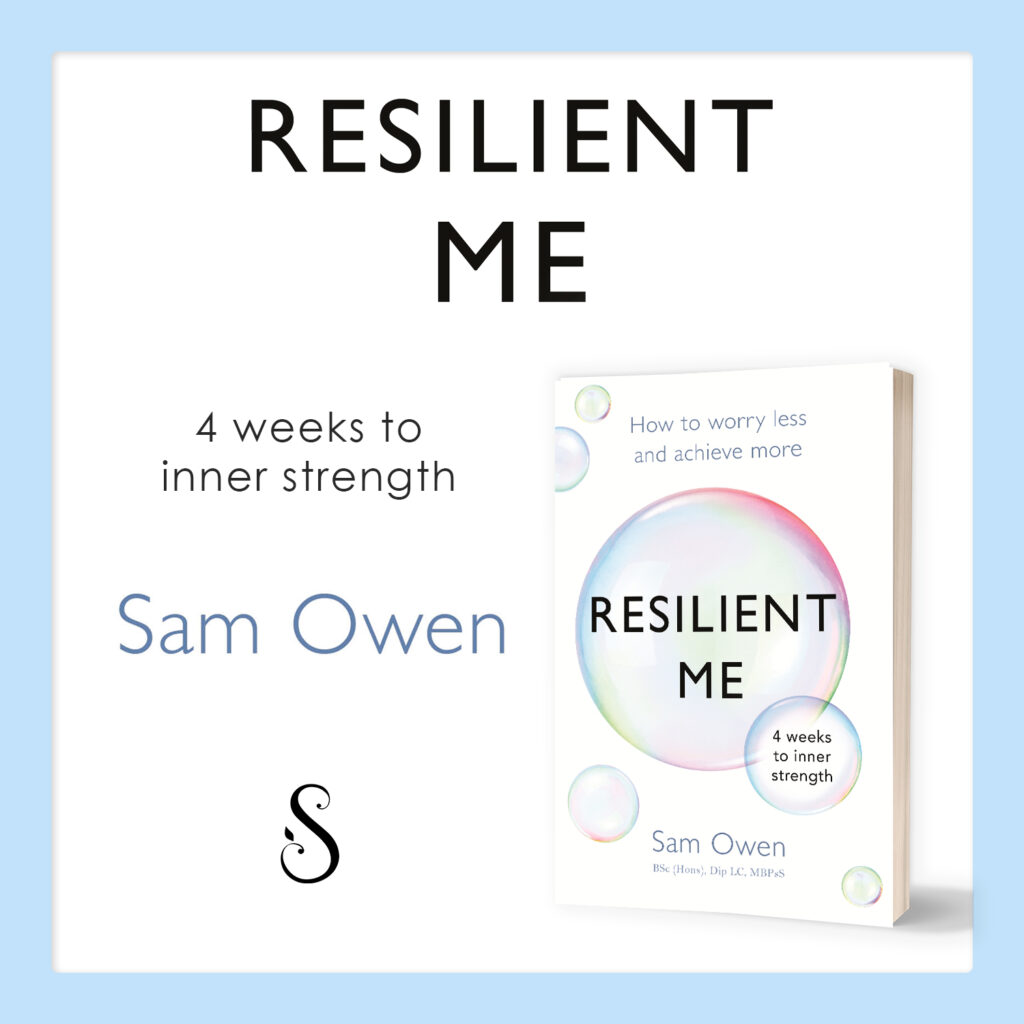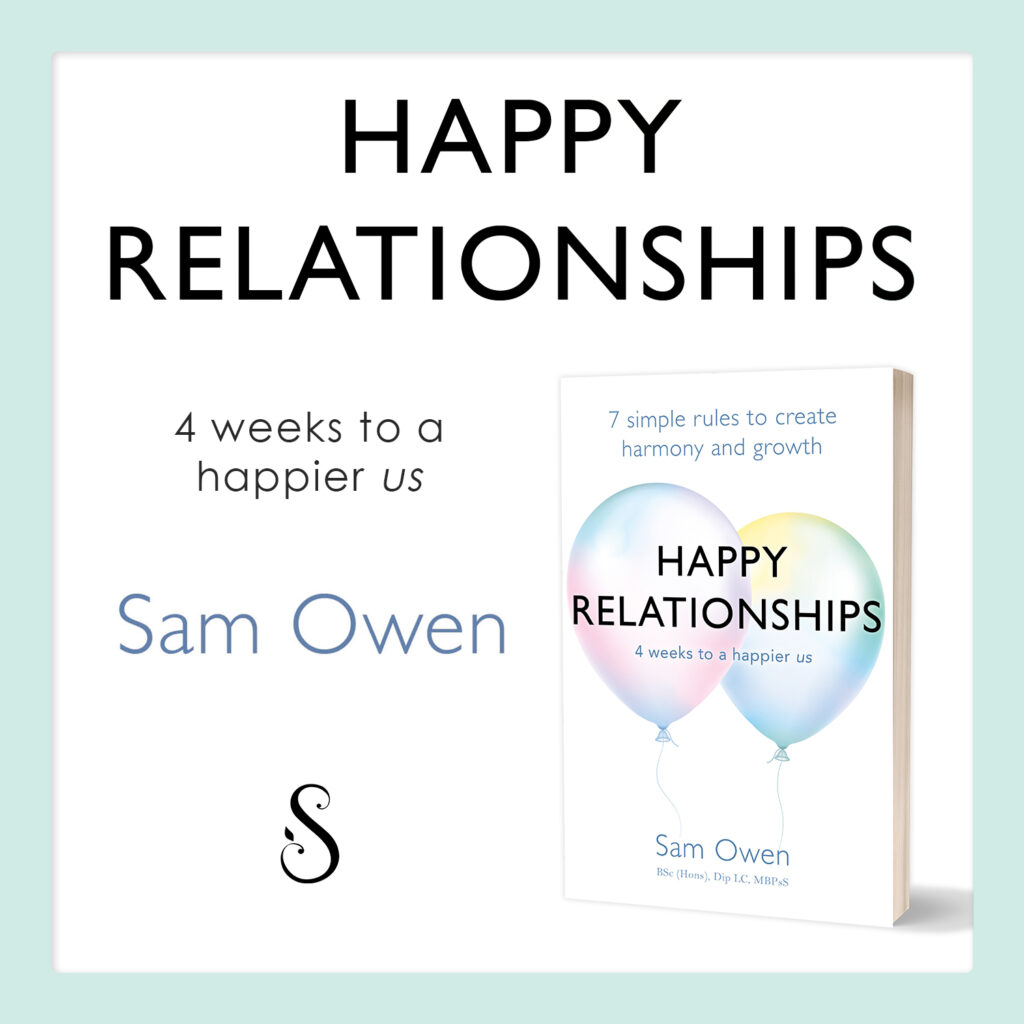
Eye contact – it can connect us, repel us, attract us and even command us. We can make someone do what we want them to do with strong eye-contact. We can tell someone we like them, or even find them attractive, with our eye contact. We can tell someone we respect them and are paying attention with our eye contact. A lack of eye contact, on the other hand, can reduce our commanding power, convey dislike or lack of attraction, and convey disrespect and lack of attention. Of course, other factors also enhance the strength of each of these signals, factors like their other forms of non-verbal communication (e.g. their posture, facial expressions, tone of voice, sudden movements or involuntary micro-expressions), the topic being discussed, and your prior knowledge of their usual communication style.
Eye contact is powerful and should be used to our (ethical) advantage. So here are some fun facts on eye contact that you can and should use in your day-to-day life.
Eye Contact Fun Fact 1
In recently proposing a theory to explain many eye contact research findings, Conty et al. (2016) highlight that a number of research studies have demonstrated that when people direct eye gaze at us, rather than avert their gaze, we become more aware of ourselves.
This could at least partially explain why people who lack confidence in what they are saying, either because they are outright lying or are not entirely convinced of their own words, tend to avoid eye contact with the other person. It could also at least somewhat explain why people who don’t want to see themselves as they truly are, for example, because they are in denial about something, will avert eye contact…for they do not want to see their reflection in the mirror that is you looking at them.
Eye Contact Fun Fact 2
Kret et al. (2015) note that humans grasp emotional signals from eye contact, quickly. Of course, an innate ability to read body language keeps us safe from unsavoury types and tells us who comes in peace and which relationships are worth investing time in.
In their research they found participants trusted virtual partners in an incentivised trust game when the partner’s pupils were dilated, and withheld trust when the partner’s pupils were constricted.
When a person’s pupils dilate, it often conveys pleasure and even romantic feelings, so is it this that makes it easier for people to fall for charming men and women? Does their pleasure at having one “on the hook” lead to a feeling of trust in the “fish” that’s been hooked? For example, charmers can charm their way into the lives of singletons who convey their feelings of desperation. This is why it is important to look at the whole picture, not just what you want to see, e.g. “Oh he fancies me; great!” compared with, “Oh he fancies me but he’s just mentioned that he is recently coming out of a very messy divorce”, or “He finds me attractive which is nice but he is showering me with way more attention than I would normally expect at this early stage of getting to know anyone”, or “He makes me feel attractive and happy but I notice he has a rope and knife in the boot of his car…”
Eye Contact Fun Fact 3
Khalid et al. (2016) conducted four experiments that all suggested that eye contact from another tends to result in us viewing that person as possessing a more sophisticated mind relative to those who avert their gaze. That isn’t to say that this evaluation is true, but that it is how we tend to perceive others.
Perhaps we attribute such mental and emotional sophistication to eye gazers compared with non eye gazers because we are innately aware of the self-awareness component of eye contact, as mentioned in my discussion of ‘Eye Contact Fun Fact 1’ above.
Maybe our eyes can sometimes trick us into believing something is real when it is not, for example, a false sense of trust; maybe other times the mind can trick us into believing something that is real, is not, like when we question our own first impressions about someone, undermining our innate intuitive nature. The best thing we can do is mentally take a step back and look at the whole picture and that means (a) looking at all of the other person’s non-verbal communication, (b) tallying it with all their verbal communications, (c) taking into account possible influencing environmental factors, and (d) attuning to our own motivations to tune-in fully and recognise if we are actively tuning-out vital information at our own long-term detriment.
Choose wisely. The full picture is always going to be the full picture, regardless of whether it’s what you want. Desperate to make this fourth date of the year into a dating partner? If they’re a sociopath today, they’re going to be a sociopath tomorrow. Dying to strike a business deal with that company? You need to know if they’re a company you want to work with, regardless of the step up you think that brand association will give you. Think your spouse is cheating? Mentally glossing over the red flags isn’t going to resolve anything, but addressing the issues in your marriage and any infidelity that is occurring, might.
Take a step back, open your eyes, dissect your thoughts and motivations, and charge boldly towards your goals and happiness.
References:
Conty, L., George, N., & Hietanen, J. K. (2016). Watching Eyes effects: When others meet the self. Consciousness and Cognition, 45: 184–197.
Khalid, S., Deska, J. C., & Hugenberg, K. (2016). The Eyes Are the Windows to the Mind:
Direct Eye Gaze Triggers the Ascription of Others’ Minds. Personality and Social Psychology Bulletin, 42 (12): 1666-1677.
Kret, M. E., Fischer, A. H., & De Dreu, C. K. W. (2015). Pupil Mimicry Correlates With Trust in In-Group Partners With Dilating Pupils. Psychological Science, 26 (9): 1401-1410.













